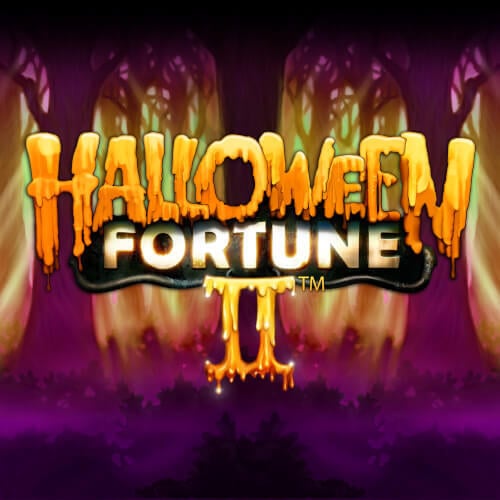Content
In Greek mythology, the Hyperboreans were a mythical people living in the far north of the known world; the land beyond Boreas. Aeolus, Keeper of the winds, ruled over the Kingdom of the mythical island of Aeolia. All the wind gods were ruled over by Aeolus, known as “The Keeper of the Winds”.
Legend said that when a race of entities entered its dark cave complex, the demigod was driven out and had sought vengeance ever since. It was fueled by a hateful hunger for souls, but was not strong enough to oppose gods as powerful as Gruumsh, instead focusing its anger on creatures like bugbears, kobolds, and gnolls. GoblinoidsThe goblinoid god Malgubiyet was, in many ways, similar to Gruumsh. Both were iron-fisted tyrants that reveled in warfare, seeking conflict for the acclaim of their peoples and always urging them on to find more. However, the exact motivations of the two varied slightly.
- When there is a storm headed your way, you may not always be prepared.
- In the city of Babylon, the center of religious and political power, Adad held a prominent position.
- Karametra is the God of Harvests and oversees the agriculture of the land.
- According to the myth, Helios and Poseidon clashed, both desiring to make the city their own.
- Shou orders the dukes to be executed for high treason by their hostage-sons.
- For example, Thor is positioned as antagonistic toward Loki well before most of the other gods become hostile to the trickster.
She reaches so deep that she lets out Deanna through the Wyrdkey and Deanna almost burns the town. When Rowan steps in front of her to shield the town, Aelin remembers who she is, throws Deanna out of her mind and body. Rolfe tells Aelin and Rowan that Morath’s fleet is sailing for Eyllwe.
Invisible man $1 deposit – Why Praise God In The Storm
So, we’ve dug into where Seth comes from and the signs that shout his name. Now, let’s jump into the heart of his story and the roles that make him a standout in Egyptian tales. Seth, he’s a figure that catches your eye and keeps you thinking.
Top 11 Bible Verses
When he is shown to have two, he holds the Vajra and a bow. Root indha, or “igniter invisible man $1 deposit “, for his ability to bring light and power that ignites the vital forces of life . TRITONES Fish-tailed Daemones of the sea, the male counterparts of the sea nymphs. TRITONIS The goddess nymph of the Libyan salt-lake Tritonis.
Connecting with Oya empowers individuals to embark on a journey of personal growth, shedding old patterns and embracing the power of change. She challenges individuals to confront their fears, embrace change, and step into their authentic selves. Oya’s transformative energy encourages individuals to shed old beliefs and patterns, allowing for personal evolution and rebirth.
They were to seek never-ending war against their enemies, a dictate ensured by Gruumsh’s own deep, spiteful hate for other gods and his desire to lay waste to civilization and revel in its despair. As such, devotees of Gruumsh felt it was their duty to direct the natural orcish proclivity for war. They would encourage it, becoming war-leaders , and acted as emissaries to the goblinoids that often joined their hordes. A singled out individual would be visited by Gruumsh and bestowed with a dream or vision signifying their acceptance. Orcs were a naturally chaotic race, acting based on instincts and emotions rather than logic or reason, and most normal orcs lacked the capacity to control others in their tribe.
Hawaiian Mythology

Swords, armour, shields, etc taken in battle could be appropriate offerings to gods of wrath and war. On the evil end, the body of an enemy hero personally slain might do for Talos. Our DM set up a variant world with custom gods/history etc. The god in question here is the Elder God of Storms and Wrath, and oceans/nature to a lesser degree. However, for my purposes this god could easily be Zeus or Talos. He tasked me with coming up with what an appropriate offering would be, but I’m at a loss for where to come up with this.
Greek
We also examine Baal’s worship rituals and practices, as well as its complex relationship with other Phoenician and Canaanite gods. Furthermore, we delve into the Hebrew Bible’s interpretations and references to Baal and its impact on ancient Israelite religion. There are no references to the god Yahweh, or personal or place names with the divine element Yahweh, in Late Bronze Age sources or early alphabetic texts from the early Iron Age.




